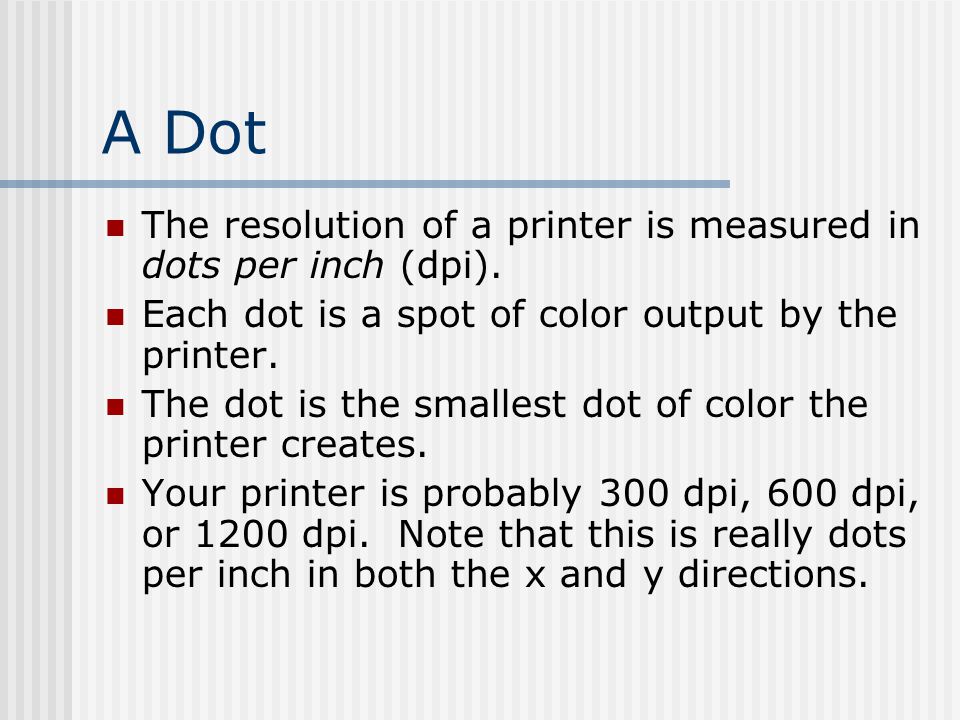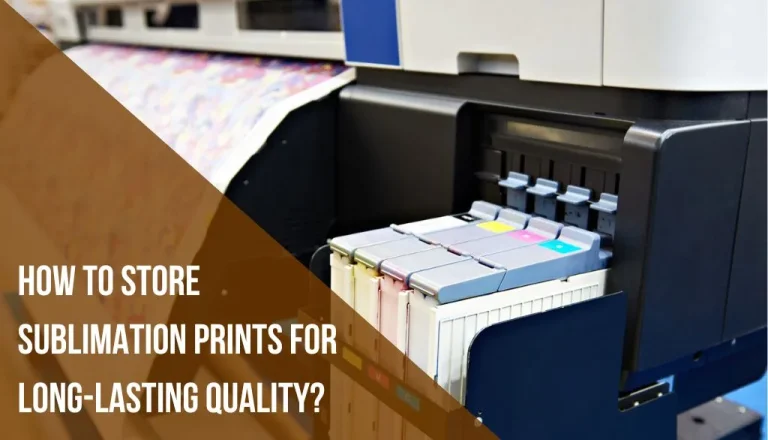How Printer Resolution is Measured? What is DPI?
The printer is generally the most useful device in the past recent years. Whereas the resolution of the printer creates a huge role in this era. Printer resolution can be measured as a dot per inch DPI.
In this article, I will explain some steps on how printer resolution is measured easily or the fastest printer type. And the process of measurement is also included. So just read till the end.
Lets review
How Printer Resolution is Measured?
A printer’s resolution is measured by dots per inch (dpi), which is how many individual dots of ink or toner it can apply to a square inch.
As you can measure any of the device sizes you want easily. Hence some steps are explained below.
- Both width and height should be listed. Sometimes it’s just one of those.
- In other words, 1080 is 1080 rows of dots counted from top to bottom.
- The 4K stands for “nearly” 4000 dots. It’s usually 3840 wide by 2160 high
The term “resolution” if you know printer resolution is measured doesn’t exactly mean “how many dots”. Just depends on how close they are. You won’t find that on most monitors.
Or, You’ll need some trigonometry to figure out what the physical height and/or width is of a 24″ screen at 4K, 16:9 ratio. 24 inches is the diagonal from one corner to the other. That 16:9 ratio comes into play
You get the angle by inverse tan (9/16). You get the height by multiplying the sin of the angle by the diagonal (24′′). A 24″ monitor with a 16:9 aspect ratio is close to 21″ wide by 12″ tall.
The 4K resolution is 3840 pixels over 21 inches, which is 182 DPI (dots per inch). That’s 181 DPI over 2180 pixels.
How about a 4K phone screen? How about a 9-inch diagonal, still 16:9? It’s 7.8″ x 4.4″. So about 490 DPI.
For example, if you have a 70″ TV that’s 4K 16:9 and 60″ x 34″ you’ll get 63 DPI.

How is the quality of the Output Printer can be Measured?
There are several factors that how your printer resolution is measured.
1. Resolution
printer resolution is measured by the sharpness and clarity of the printed image. Dots per inch (dpi) are usually measured, and the higher the dpi, the better the quality.
And the sharpness of the printer depends upon the resolution of the printer.
2. Color accuracy
In this test, the printer reproduces colors as accurately as possible from the original image or document.
To determine how accurately the colors are represented, color charts are used, and the output is compared to the original image.
3. Color gamut
A printer’s color range is measured here. The printer can produce a wider range of colors and tones, so the output is better
4. Print speed
A printer’s output speed is measured by this parameter. Faster printers have a higher page per minute (ppm) measurement.
5. Print consistency
Over time, this measures how consistent the printer’s output is. Even if you print it multiple times, it checks if it’ll print the same way.
6. Print Durability
Ensures the print will not fade or deteriorate over time by measuring the quality over time.
Final Verdict:
In order to determine the quality of printed output, printer resolution is measured in dots per inch (dpi). Print quality is also affected by color accuracy, color gamut, print speed, print consistency, and print durability.
For a good print, you’ll need 900 x 1260 pixels. The best quality prints are those with a resolution of 1200 x 1680 pixels, and the best quality is 1500 x 2100 pixels
Frequently Asked Questions:
A dpi pixel is 300 PPI, which means “300 pixels per inch”. Digital production resolution is measured in PPI. There’s a difference between DPI and DPI.
Print resolution is measured in dots per inch (DPI). and how printer output is often hardcopy, speed, store printing, 4800×1200 dpi point, connected to the internet that provides, measured, quizlet, vdu.
Types are measured in points, not inches or centimeters. A point is about 72 points (more precisely 0·9962″). You can choose this traditional point or one of 72 precise points to the inch in Desk Top Publishing software.
To get a good print, you’ll need 900 x 1260 pixels. Prints with a resolution of 1200 x 1680 pixels are of better quality. Finally, for the best quality, you should go with 1500 x 2100 pixels.













